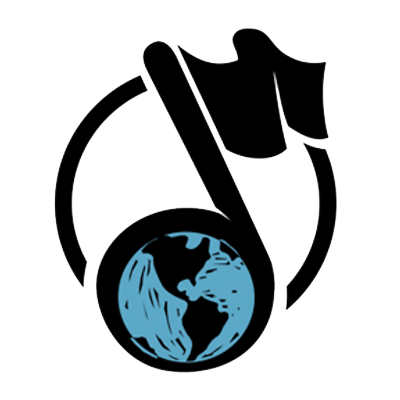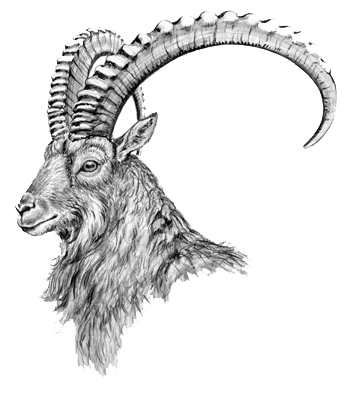The Vinland map is claimed to be a 15th-century mappa mundi with unique information about Norse exploration of America. It is very well known because of the publicity campaign which accompanied its revelation to the public as a “genuine” pre-Columbian map in 1965. In addition to showing Africa, Asia and Europe, the map depicts a landmass south-west of Greenland in the Atlantic labelled as Vinland (Vinlanda Insula).
The map describes this region as having been visited by Europeans in the 11th century. Although it was presented to the world in 1965 with an accompanying scholarly book written by British Museum and Yale University librarians, historians of geography and medieval document specialists began to suspect that it might be a fake as soon as photographs of it became available, and chemical analyses have identified one of the major ink ingredients as a 20th-century artificial pigment. Individual pieces of evidence continue to be challenged, most recently at a 2009 conference.
The Vinland map first came to light in 1957 (three years before the discovery of the Norse site at L’Anse aux Meadows in 1960), bound in a slim volume with a short medieval text called the Hystoria Tartarorum (usually called in English The Tartar Relation), and was unsuccessfully offered to the British Museum by London book dealer Irving Davis on behalf of a Spanish-Italian dealer named Enzo Ferrajoli de Ry. Shortly afterwards, Ferrajoli sold the volume, for $3,500, to American dealer Laurence C. Witten II, who offered it to his alma mater, Yale University. It was initially treated with suspicion, partly because wormholes in the map and the Relation did not match. In spring 1958, however, Witten’s friend Thomas Marston, a Yale librarian, acquired from London book dealer Irving Davis a dilapidated medieval copy of volume 3 of Vincent of Beauvais’s encyclopedic Speculum historiale (“Historical Mirror”), which turned out to be the missing link; the wormholes showing that it had formerly had the map at its beginning and the Relation at its end.
All traces of former ownership marks, except for a small part of a bright pink stamp which overlapped the writing on folio 223 of the Speculum, had been removed, perhaps to avoid tax liability for the former owner (although as historian Kirsten Seaver noted many years later, stamps on random book pages indicate institutional, not private ownership).
Unable to afford the asking price, and concerned that, ostensibly because of the former private owner’s tax concerns, Witten refused to reveal the provenance of the map, Yale contacted another alumnus, Paul Mellon, who agreed to buy it (for a price later stated to be about $300,000) and donate it to the university if it could be authenticated. Recognizing its potential importance as the earliest map to show America, Mellon insisted that its existence be kept secret until a scholarly book had been written about it. Even the three authors of the book were chosen from among the small number of people who had seen the map before Mellon bought it—two British Museum curators and Marston. Only one of them, Dr. Raleigh Ashlin Skelton, keeper of the Museum’s map collection, had significant expertise relevant to the problems posed by the map (his colleague George Painter, the first person to whom Davis had shown the map in 1957, was brought in for the transcription and translation of the Relation) and the secrecy almost completely ruled out consultation with specialists. Witten did his best to help during this period, not only answering the authors’ questions, but offering suggestions of his own. After years of study, the proofs of the book, The Vinland Map and the Tartar Relation, were ready by the end of 1964, and Mellon donated the map to Yale. The book was published, and the map revealed to the world, the day before Columbus Day, 1965. Many academic reviewers of the book took the opportunity to point out evidence that called the map’s authenticity into question, so a year later, a Vinland Map Conference was held at the Smithsonian Institution, during which further significant questions were asked, particularly of Witten, who gave very straightforward and helpful answers; but, the proceedings were not published for another five years.





